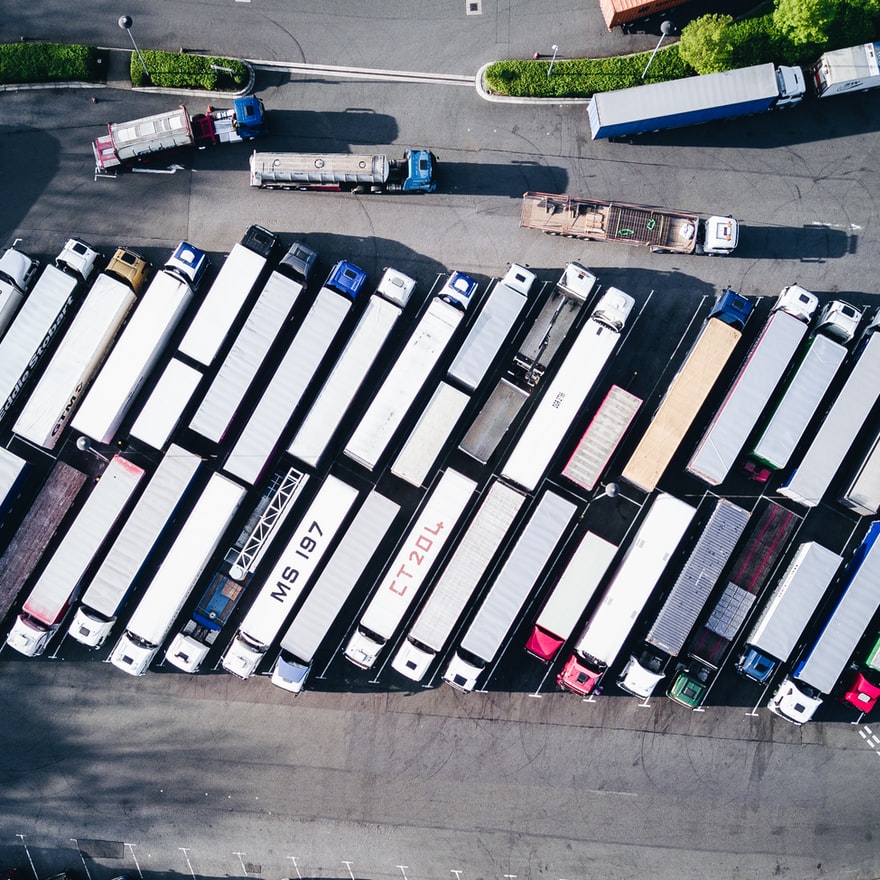How can tax reforms contribute to a fuel shortage?
In April 2021, the government brought in changes to IR35. HGV drivers were one job type particularly affected, so much so that it fed into the recent fuel shortages in the UK.
Let’s take a look at what went on and what can be done to help.
IR35: what it is and how it’s changed
IR35 refers to legislation introduced in April 2000 that’s designed to combat tax avoidance.
It aims to deduct National Insurance contributions and income tax from anyone effectively working as an employee, even if they are ostensibly engaged as a contractor.
Contractors often operate through a limited company. In some circumstances, the contractor does the same work as an employee, but they earn more take-home pay.
This is because as a limited company, they’re not liable for National Insurance contributions or income tax in the same way as an employee. The reforms to IR35 seek to close this loophole.
Under the revised IR35 rules, the responsibility to determine the status of a contractor has moved from the contractor to the business benefitting from their services. Medium and large businesses now have to decide whether their contractors are quasi-employees (and thus inside the IR35 regime), or pure contractors and outside the IR35 regime.
For the contractor, being inside IR35 results in lower income, as National Insurance and income tax are deducted from their pay at source.
Why have the reforms impacted HGV drivers in particular?
Perhaps the starkest example of the impact of IR35 reform is the recent crisis in the road haulage industry.
The shortage of lorry drivers came into sharp focus in October 2021 when people queued for hours at petrol pumps amidst concern over access to fuel.
But how has IR35 contributed to this shortage?
Most lorry drivers are typically engaged as contractors. Now that the decision on IR35 status falls to the end-user business, drivers are almost always engaged inside IR35.
HMRC has a tool to determine the status of workers, which tends to categorise lorry drivers as within IR35. This tool is the aptly named check employment status for tax (CEST), and it’s seen as the authority for IR35 categorisation.
Now that businesses face the consequences of getting the categorisation wrong, they are unlikely to go against the decision of CEST. They don’t want to run the risk of a court case with HMRC for IR35 non-compliance.
However, many HGV drivers dislike being on the payroll of the end-user business, because their pay takes a hit. Some drivers have decided to retire instead, while others have chosen to leave the sector for better-paying jobs with better conditions.
The margin for error
The reforms have faced criticism from the industry. IR35 is tricky to get right and there are concerns that CEST is a blunt instrument: for example, it doesn’t take into account the crucial “mutuality of obligation” test.
The complexity of the system is further reflected in the court cases brought over non-compliance. Since 2017, HMRC has lost seven out of eleven cases at court. Clearly, it’s not always straightforward how to interpret the IR35.
If you’d like advice on whether your workers fall within IR35, and what the implications are for your business, please give us a call.




